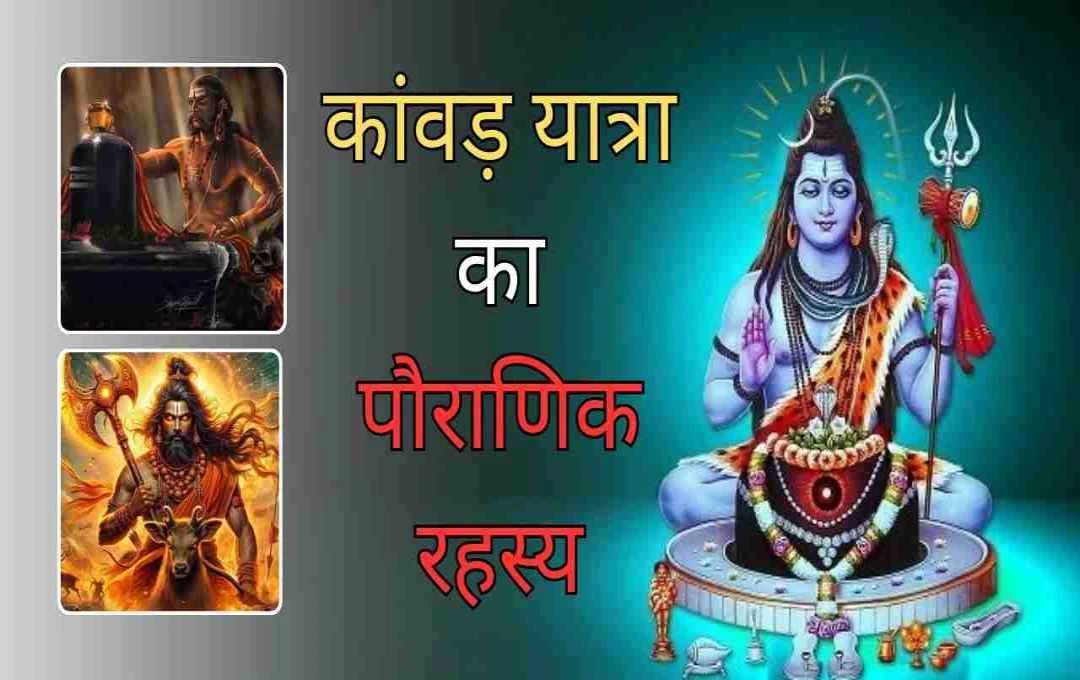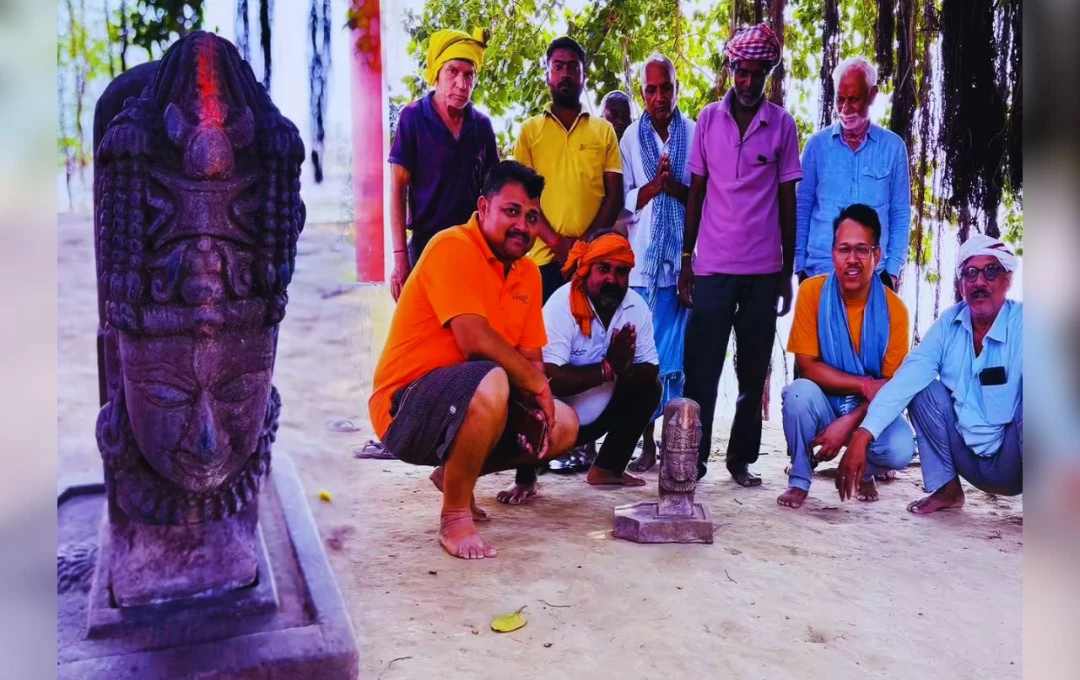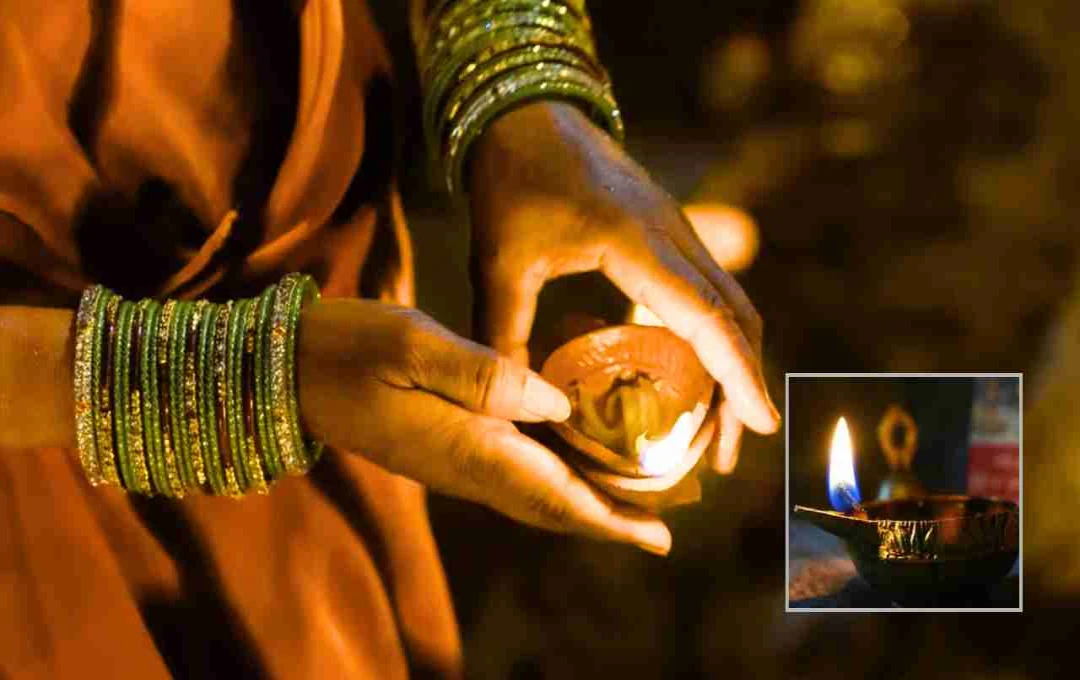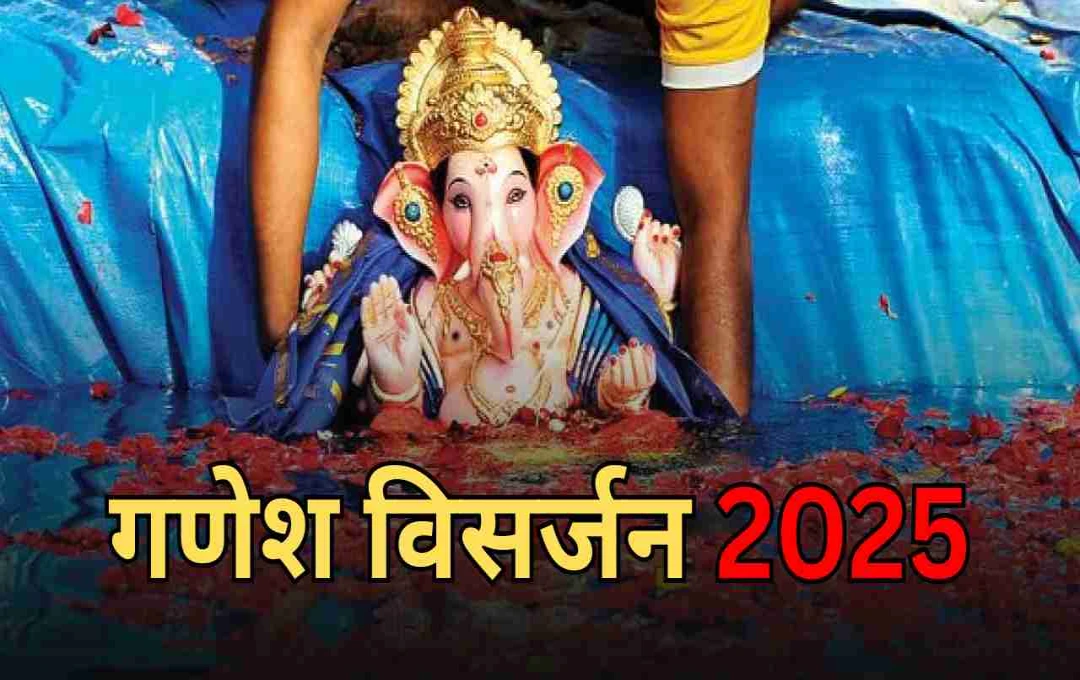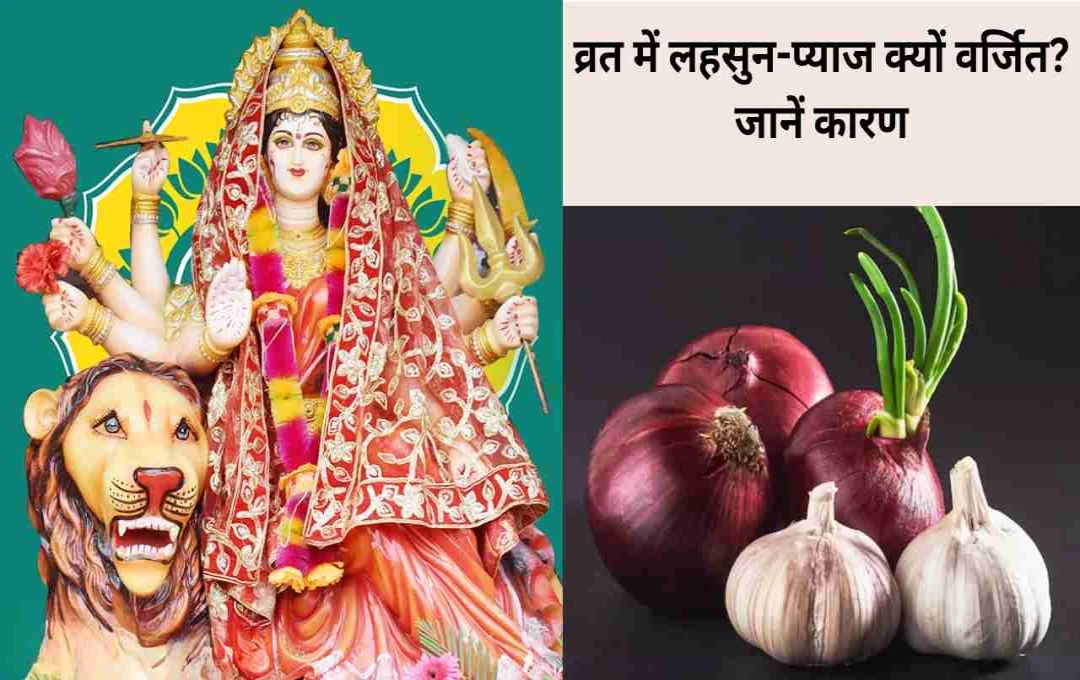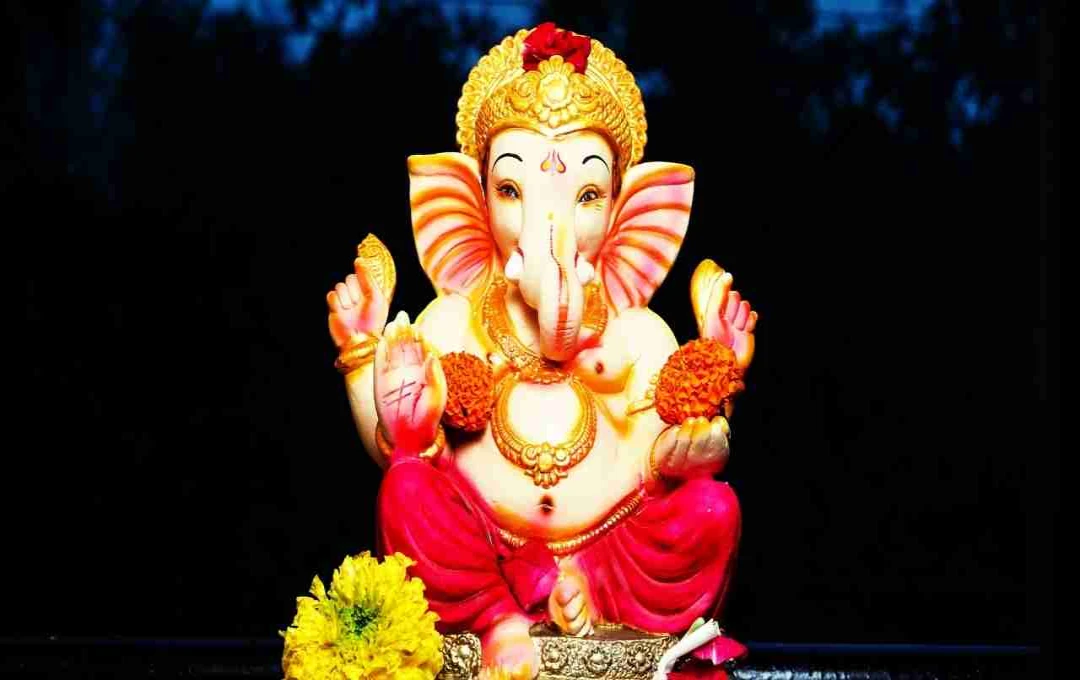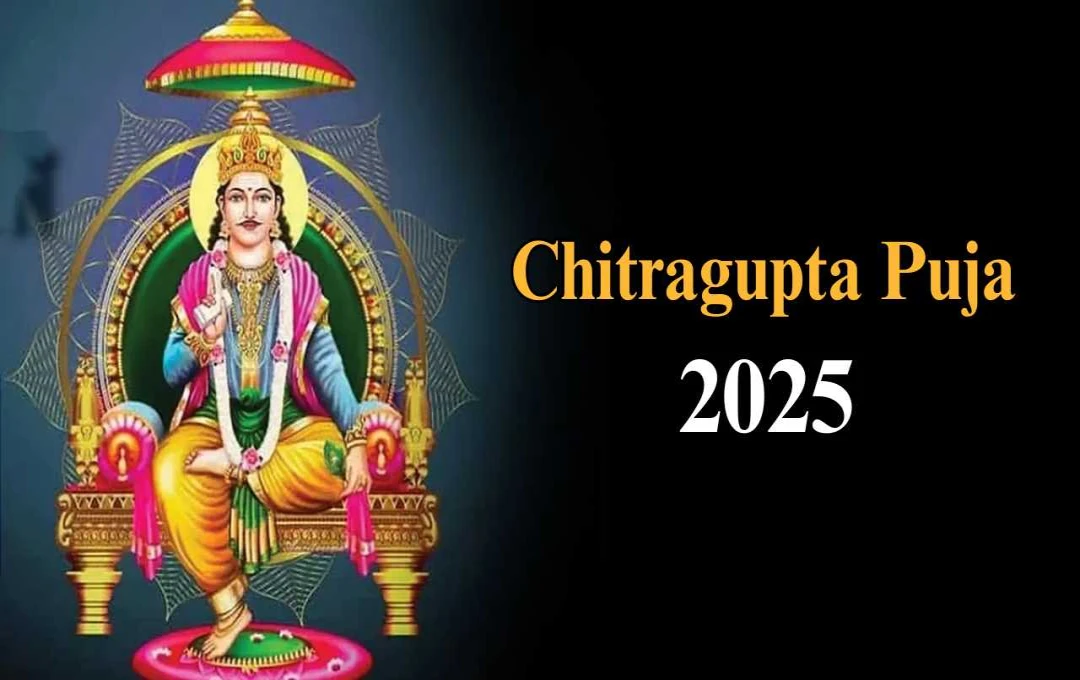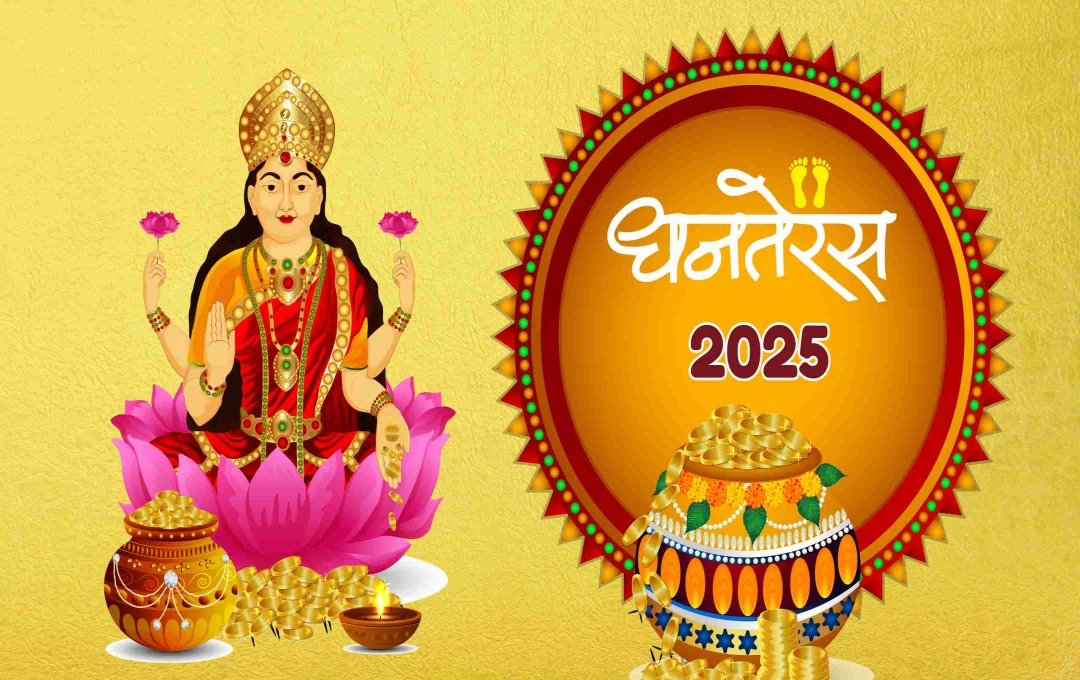As the month of Sawan begins, devotees of Lord Shiva across North India, especially in Uttar Pradesh, Bihar, Jharkhand, Haryana, Delhi, and Rajasthan, embark on the Kanwar Yatra. These pilgrims, commonly known as 'Kanwariyas,' bring holy Ganga water to offer at their local Shiva temples.
They walk hundreds of kilometers to fetch the Ganga water, and the chants of 'Bol Bam' resonate throughout the journey. But the question remains, what mythological story underlies this entire religious campaign?
Did Lord Parashuram Undertake the First Kanwar Yatra?
Many ancient tales and folklore suggest that Lord Parashuram was the first to perform the Kanwar Yatra. It is believed that he filled holy Ganga water from Garhmukteshwar and performed Jalabhishek (offering water) to Lord Shiva at the 'Pura Mahadev' temple in Baghpat.
This journey was entirely related to personal devotion, which later transformed into a social religious ritual. Parashuram is considered a supreme devotee of Shiva, and thus, associating his name with the beginning of this tradition also gives a historical indication.
Glimpses of the Kanwar Yatra are Also Seen in the Ramayana Period
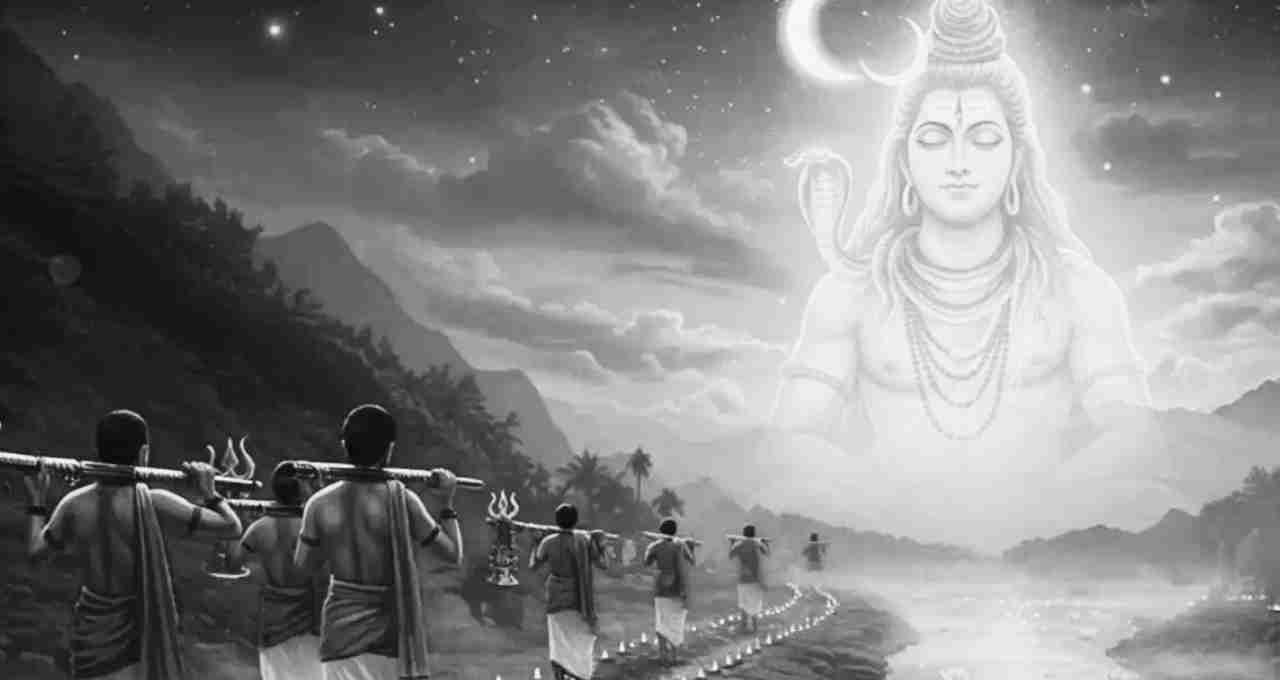
According to another mythological story, Lord Rama also undertook this holy journey. It is said that he carried Ganga water from Sultanganj in Bihar and offered it to the Shivling at Baba Baidyanath Dham in Deoghar, Jharkhand.
This journey is considered even more significant because Lord Rama himself adopted this means of devotion to Shiva. His act is still replicated by many devotees during their Kanwar Yatra.
Shravan Kumar Set an Example of Service and Devotion in the Treta Yuga
Perhaps the most popular story is that of Shravan Kumar. This story is from the Treta Yuga when Shravan Kumar carried his blind parents in a Kanwar on a pilgrimage to various holy sites.
In Haridwar, he bathed his parents in the Ganges and also brought Ganga water for them. This spirit of service and sacrifice is seen as the inspiration for the Kanwar Yatra. Even today, many people carry the Kanwar for the long life, health, and peace of their family members.
The Tradition is Also Linked to the Story of Ravana and Shiva
According to another popular belief, Ravana also performed the Kanwar Yatra. When Lord Shiva drank the poison after the churning of the ocean (Samudra Manthan) and his throat turned blue, Ravana brought water in a Kanwar to cool him down and performed Jalabhishek at the 'Pura Mahadev' temple.
Ravana is considered a great devotee of Shiva, and his act is seen as the beginning of the Kanwar Yatra. After this, this tradition became popular among devotees in different eras.
The Story of this Journey is Also Associated with the Gods
According to some beliefs, when Lord Shiva drank the poison that emerged from the churning of the ocean and his body started burning, all the gods offered him water from holy rivers to calm him down. This event is also seen as the beginning of the Kanwar Yatra, as it was the time when the tradition of worshiping Shiva with water began.
What is the Sentiment Behind Carrying the Kanwar on the Shoulder?
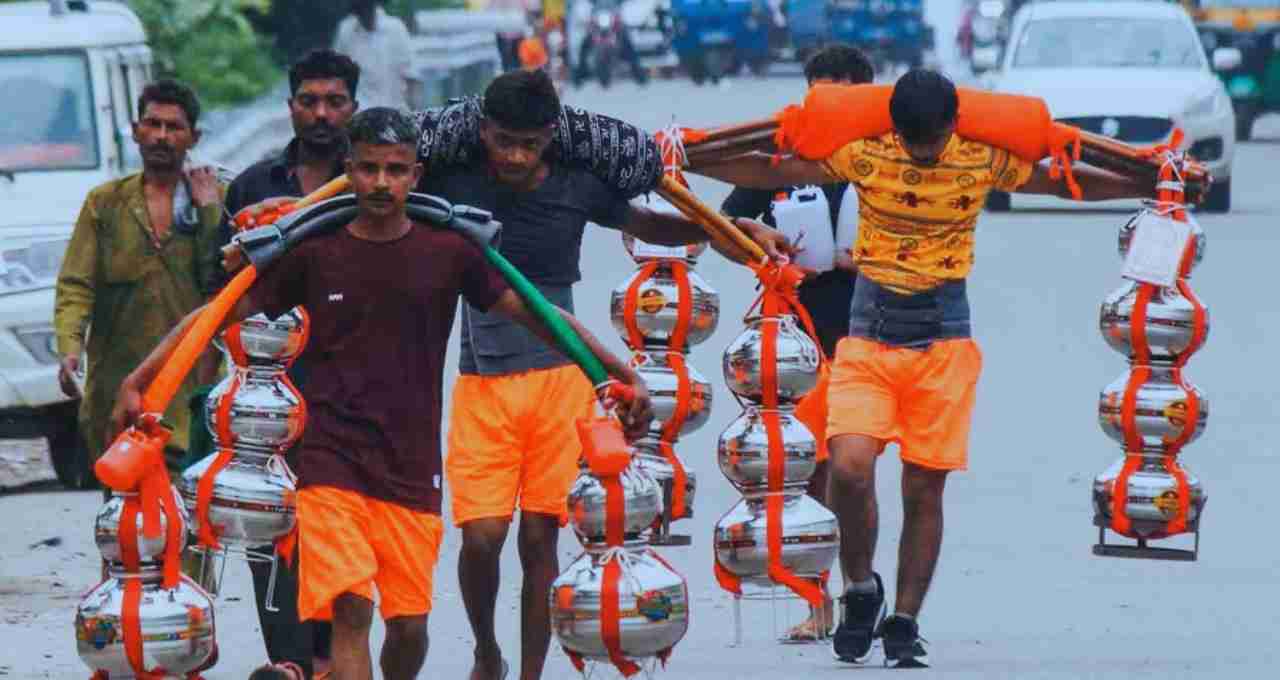
During the Kanwar Yatra, one thing is considered extremely important: carrying the Kanwar filled with Ganga water on the shoulder. There is not only a religious rule behind this, but also a deep spiritual feeling.
It is said that it is a symbol of relinquishing one's ego. When a devotee humbly carries the holy water on his shoulder, he sheds the ego within himself and immerses himself in the feeling of service and devotion.
The example of Shravan Kumar is highly relevant here; he took his parents on a pilgrimage by carrying them in a Kanwar. This spirit of service and dedication is still the essence of the Kanwar Yatra.
This Ancient Tradition is Still Alive Today
This tradition, thousands of years old, is still being followed with devotion by the new generation. Every year in Sawan, millions of Shiva devotees from every corner of the country reach places like Haridwar, Gangotri, Sultanganj, Gaumukh to collect Ganga water and offer it at the Shiva temples in their villages and cities.
During the journey, they walk barefoot, observing fasts and rules. Along the way, volunteers remain engaged in providing food, medicine, rest, and security arrangements. This is not just a religious custom but has become a celebration of the shared faith of the entire society.
